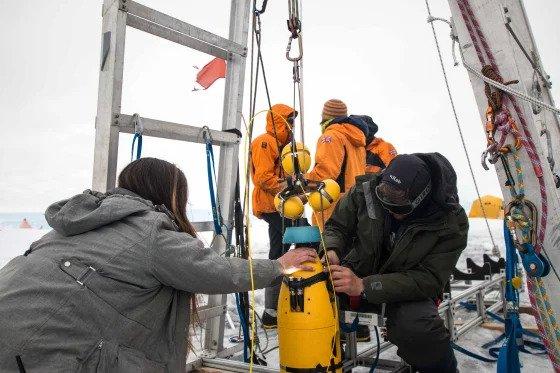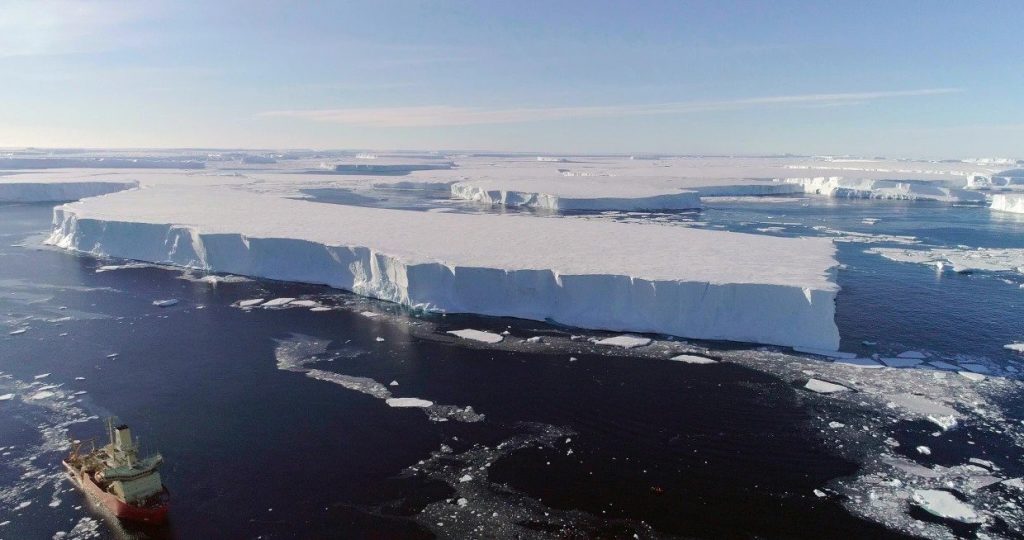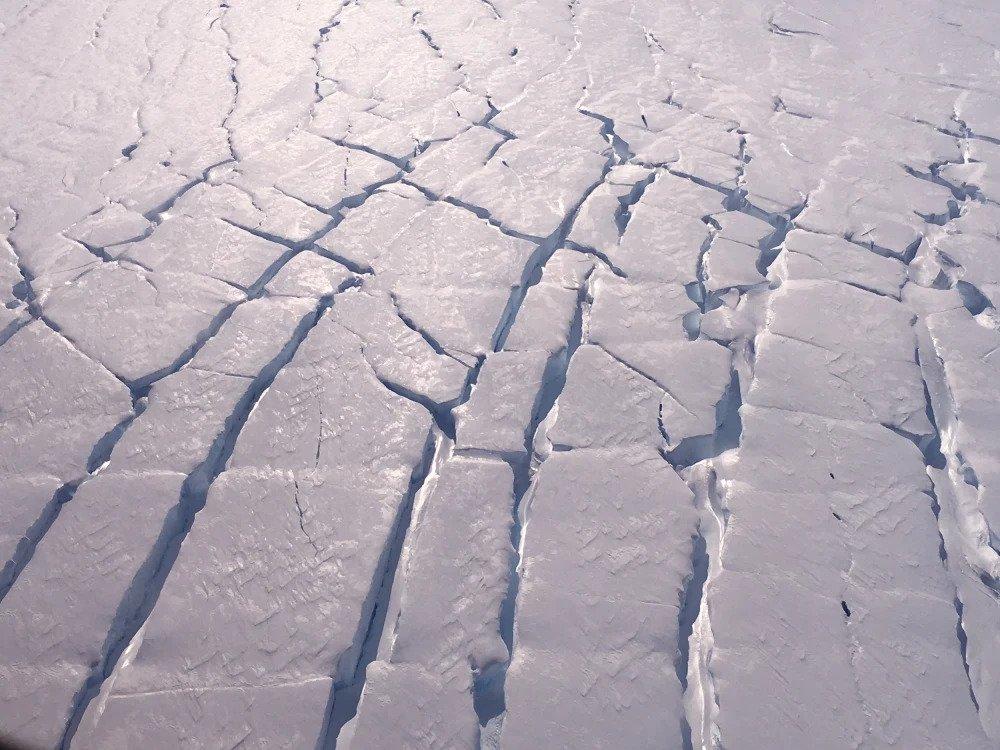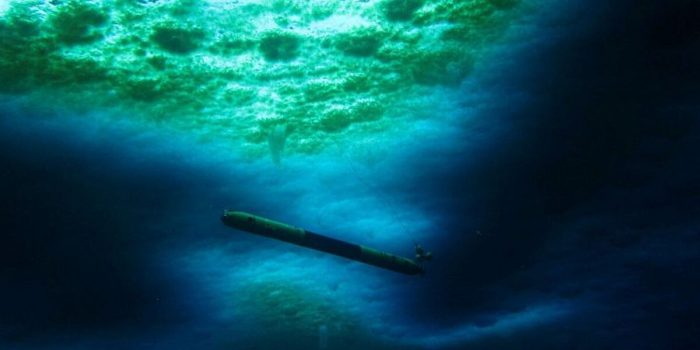The Thwaites Glacier in Antarctica — perhaps better known as the “Doomsday Glacier”, nicknamed because of its massive melt and sea rise potential. — is about the size of Florida and locked in place by a small ice shelf, which acts as an important buffer against sea level rise. It’s rapidly deteriorating, and if it collapses, global sea levels could rise over a foot.
A pencil-shaped robot was used to approach Antarctica’s Thwaites ice shelf

The four-meter-long device swam past the grounding line where the ice meets the sea to a ‘shimmering’ spot under Thwaites. At this point, “it’s melting so quickly, there’s just material streaming out of the glacier,” says polar scientist Britney Schmidt.
Before, scientists had no observations from this critical part of Thwaites, an ice giant roughly the size of Florida. It could cause seas to rise by 65 centimeters if it all melts – though that’s unlikely to happen for hundreds of years.
But with the ‘Icefin’ robot lowered down a 587-meter hole, they saw how important crevasses are in the fracturing of the ice. This takes the heaviest toll on the glacier, even more so than melting.

“That’s how the glacier is falling apart. It’s not thinning and going away. It shatters,” says Schmidt from Cornell University, lead author of one of two new studies published in the journal Nature.
“What we have found is that despite small amounts of melting there is still rapid glacier retreat, so it seems that it doesn’t take a lot to push the glacier out of balance,” Peter Davis, British Antarctic Survey oceanographer and lead author on the second paper, told CNN, warning that the “glacier is still in trouble.”
The melting of the Thwaites is dominated by what’s happening underneath, where warmer water nibbles at the bottom. The researchers watched this warmer water making its way into crevasses and other openings known as terraces, causing sideways melt of 30 meters or more per year.

“Warm water is getting into the weakest parts of the glacier and making it worse,” Schmidt says. “That is the kind of thing we should all be very concerned about.”
Massive cracks, in particular, worried the researchers, leading to accelerated melting, something that could eventually trigger an “ice shelf collapse,” they argue.
In short, it’s not a matter of whether the Thwaites Glacier will collapse — it’s a matter of when which means studying the area could allow us to better prepare when disaster inevitably strikes.


